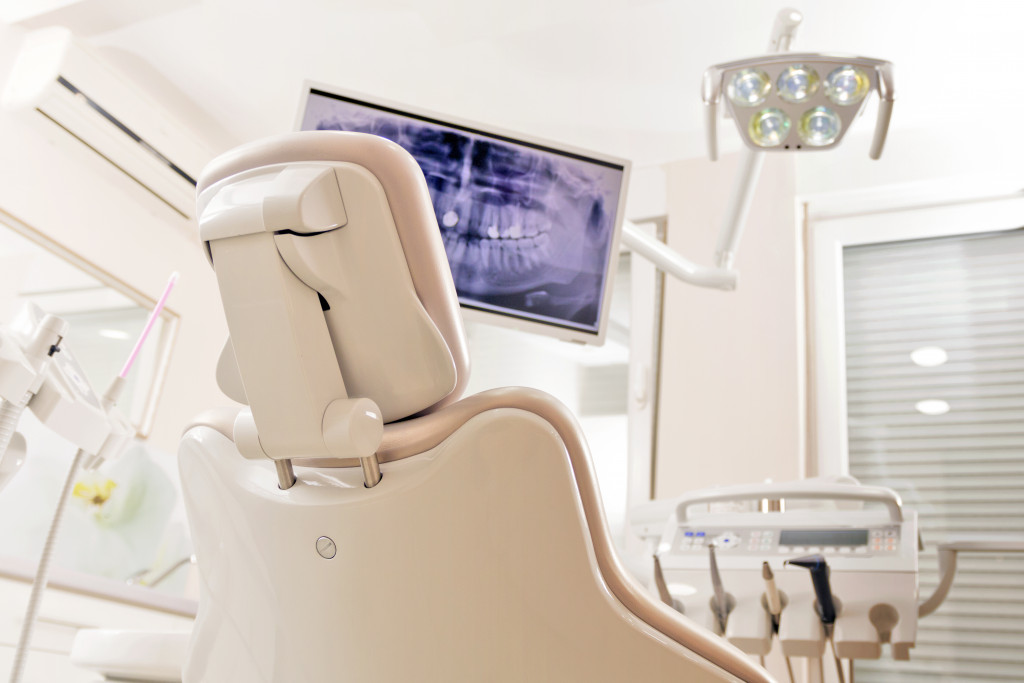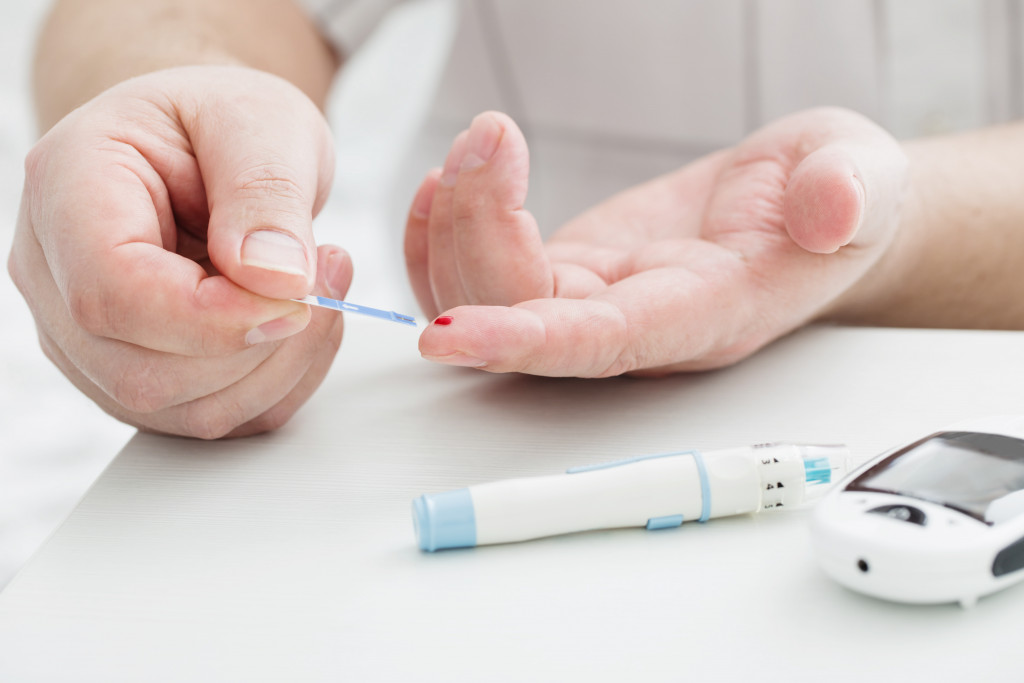Technology and dentistry have a long history of working together to improve oral health outcomes. In fact, technology was used in the very first dental office back in 1879! From the introduction of x-rays and fluoride treatments to computers that make it easier for dentists to monitor patient care, technology has played an important role in improving people’s oral health.
The importance of good oral health should be emphasized for people. This is because good oral health promotes better overall health outcomes. It’s good that technology has made it easier to treat individuals with oral health problems.
For example, people who need dental implants no longer have to wait long to get them. Thanks to technology, people can now have them made in just a day! In the past, it could take weeks or even months for this process. Therefore, it cannot be denied that technology has played an important role in enhancing dentistry.
Technology and Dentistry
The science behind the technology is constantly being improved to make new technologies that help improve patient care and wellness. This includes using technology in dentistry.
Today, many new technologies on the market will help you achieve even better results when improving your toothbrush habits or receiving treatment from a dentist. This is very important since people should become more mindful of their oral health outcomes to achieve better overall health outcomes.
Below are the ways that technology has helped improve dentistry in the world today:
Faster dental processes and procedures
These days, dental procedures and processes have become much faster with technology. For example, when you need to have a cavity filled, the dental process can now be completed more quickly than before. This is because technology has allowed for new and innovative tools to be used in dentistry that make the work easier and faster for everyone involved.
This is very convenient for people these days because a lot of people in today’s world have very hectic schedules and are always rushing around. Thanks to technology, they can now still get the dental work they need promptly without having to sacrifice their busy lifestyle.
Greater accuracy and precision with dental treatments

Thanks to technology, greater accuracy and precision with dental treatments have become possible. For example, technology has made it possible to map out people’s teeth using digital scans. This helps to ensure that each tooth is treated with the utmost precision, which, in turn, leads to better oral health outcomes.
Technology is helping to make dental treatments more accurate and precise. This means that patients are less likely to experience any pain or discomfort during dental treatments. Technology is also helping to improve the overall look of people’s teeth after they have received treatment.
Prevention and early detection of dental problems
Technology has also made it possible for dentists to detect dental problems at an earlier stage. This is important because it allows for treatments to be carried out before the problem becomes too serious. Prevention is always better than cure, and technology is helping to ensure that this ethos is maintained in dentistry.
This technology includes digital x-rays, fluoride varnishes, and lasers: all of which can help to diagnose potential problems before they become too serious. This technology also allows for identifying people at risk from dental issues such as tooth decay or gum disease so that they won’t have to suffer from them in the future.
Enhanced efficiency for dentists
Dentists have also become more efficient these days because of technology. For example, technology has allowed for the development of digital workflows that can help make dentistry more streamlined and organized. This means that dentists can now see more patients in a day, which is great news for people who need dental care but may have been struggling to find an appointment in the past.
Better interventions for patients
Dentists these days can provide their patients with better interventions because of technology. For example, they can now use lasers to treat cavities and other dental problems in a way that is minimally invasive and causes less pain for the patient.
In addition, technology has also allowed for the development of new materials that can be used in dental procedures, such as tooth-colored fillings that are much more aesthetically pleasing than the traditional silver fillings.
Using Technology in Dentistry
Thanks to technology, dentists now have a wider range of options when it comes to treating their patients, which means that people can get the dental care they need comfortably. As a result, technology has helped to improve oral health outcomes for people all over the world.



